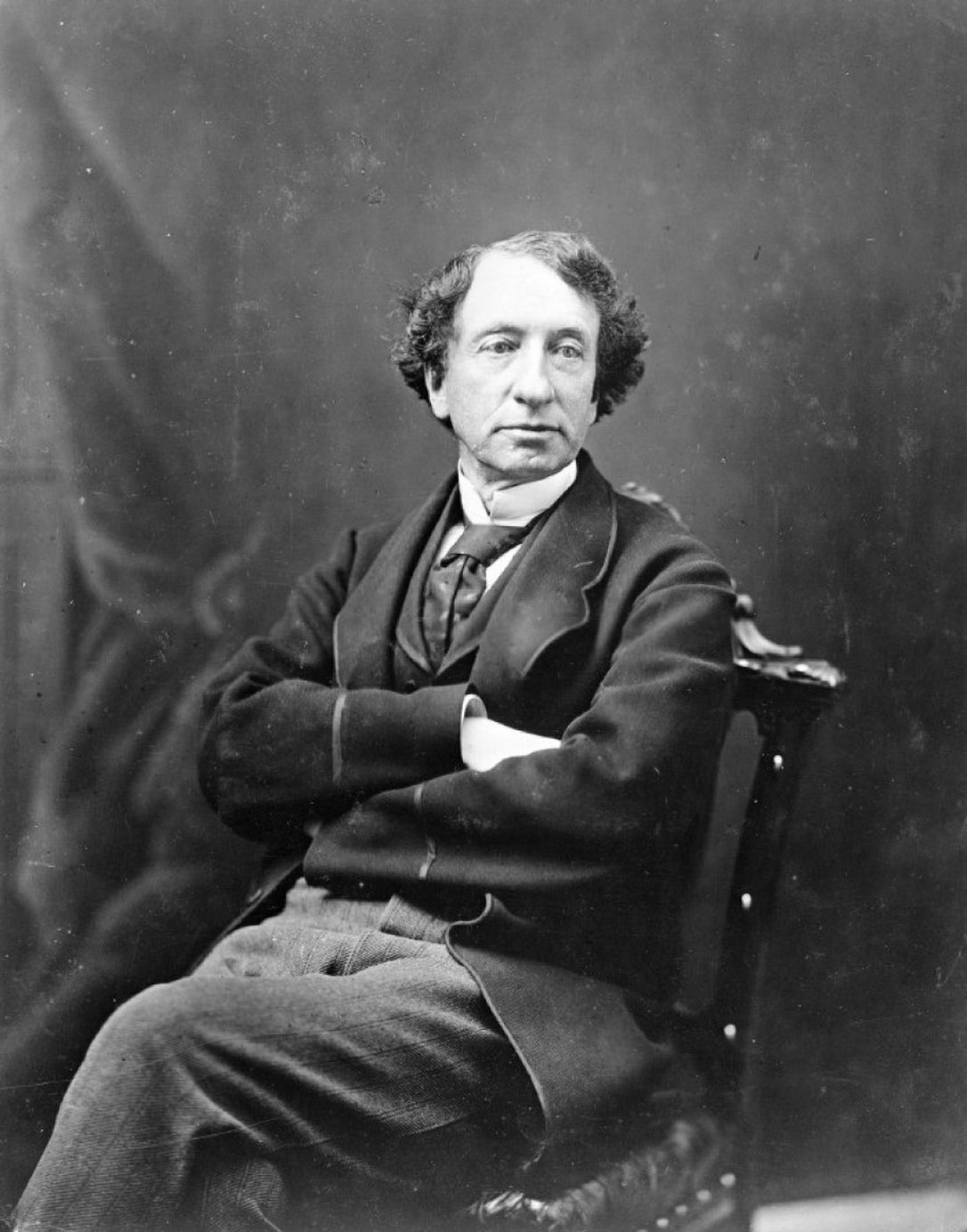I’ll bet Sir John Sparrow David Thompson, Minister of Justice of Canada in 1892, could never have imagined that a small, personal project could one day become the code upon which justice is determined in Canada.
After its confederation in 1867, Sir John A. Macdonald (photo below), then Prime Minister of Canada, was determined not to let the justice system in Canada fall to disparity. Initially based off of the Stephen Code in Britain, the Criminal Code of Canada began as a set of nine statutes in 1869, dealing with coinage offences (counterfeits), forgery, offences against the person, larceny (theft), malicious injury to properties (in other words, vandalism), perjury (lying under oath), and procedure (the process of judging someone who has committed a crime).

In July of 1892, the Criminal Code of Canada was finally published. It addressed many more areas than the nine statues above, including laws against animal cruelty and the definition of cattle, for instance. Death sentences and whipping were still appropriate punishments, however, the code was kind enough to wait for pregnant women to give birth before executing them. After its publication, the criminal code was just the sort of document that Prime Minister Macdonald had needed, and its contents united the country together in a common pursuit of justice.
It’s evident that we’ve come far from the criminal code written in mid-1892. The death sentence is no longer acceptable in our society. However, progress in time also means that there are much more complexities in today’s criminal code than those simple nine statutes stated in the code’s conception. Expanding technology and globalization means that cyber-security, terrorism, and narcotics have gotten their own section within the system. As the youth of today’s world, we should recognize that we are next to inherit the world and to call it our own. As such, the responsibility lies in our hands to ensure that our actions and our beliefs should change this code to further empower others, and not add to the list of never-ending crimes.
